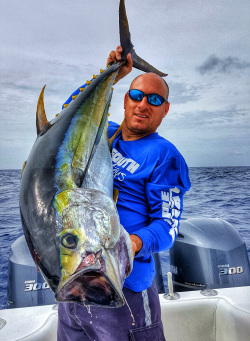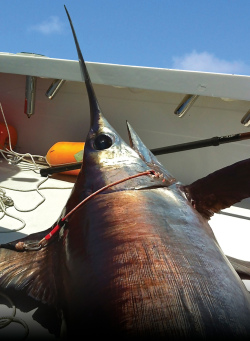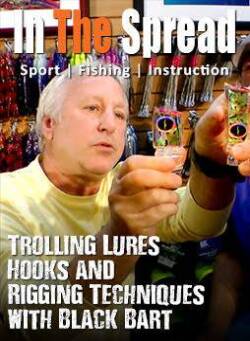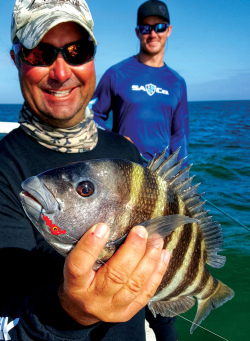Tom Hilton, owner of Hilton's Offshore, demonstrates using satellite imagery to read chlorophyll charts, which indicate phytoplankton presence in water. Chlorophyll helps build the food chain and attracts larger fish. Hilton's Realtime Navigator service aids in making informed decisions about fishing areas with good chlorophyll.
Chlorophyll Charts - Fishing Forecast
(00:05:07)
Watch Full Video
View Short Trailer
Instructor:
Thomas Hilton
Description
/
Review
/
Instructor
Summary of Key Points
- Service: Hilton's Realtime Navigator Satellite maps
- Functionality: Uses satellite data to show chlorophyll levels for specific regions.
- Purpose: Helps answer the key question - where are the fish?
- Target Audience: Commercial fishing operations, tournament teams, weekend warriors.
- Key Factor: Chlorophyll levels impact the presence of fish.
- Chlorophyll: Basis of the oceanic food chain, indicating potential fruitful fishing grounds.
Login
to leave a review.
User Reviews
There are no reviews yet.We Recommend
0




